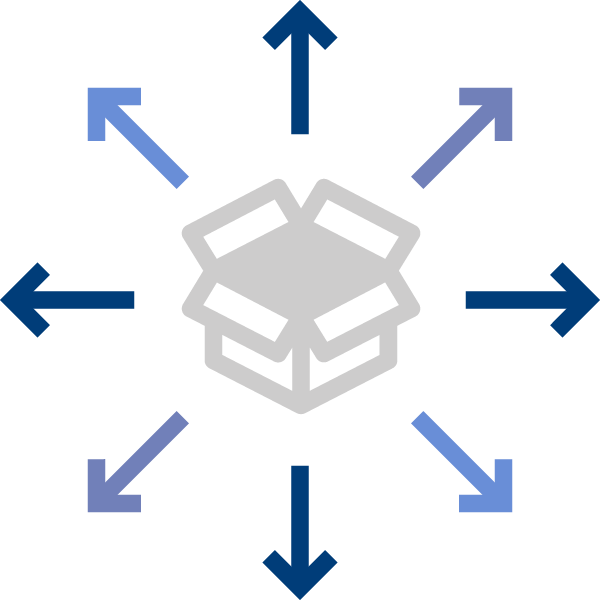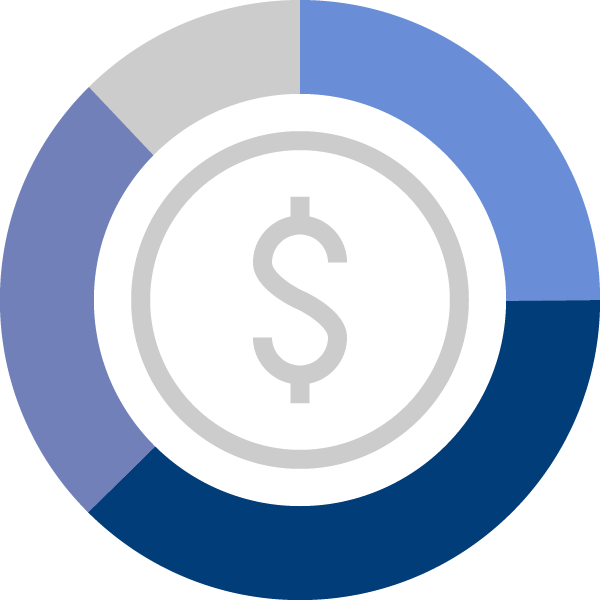Five Questions with Jonathan Killion
Managing Director, Carl Marks Advisors
Q:
Midway through 2022, what do you see as healthcare providers’ biggest operational pain points?
A:
Healthcare organizations are facing many converging operational challenges, including staffing issues, wage rates, and supply chain shortages.

The fact that these have continued for more than two years is adding stress to the system.
Staffing shortages have intensified for several reasons. First, the hot job market means more employees can find better career opportunities with better working conditions and increased pay. The Great Resignation has hit healthcare especially hard, given the level of burnout across all levels through the pandemic. The emergent remote/hybrid work model, with varying levels of flexibility, complicates operating models going forward as companies attempt to return to a more normalized work environment. Finally, wages are rising, increasing the pressures on corporate profitability.

Q:
How are supply chain bottlenecks impacting healthcare?
A:
Healthcare organizations are struggling with many of the same supply chain constraints other sectors are confronting, including limited access to materials. These constraints have resulted in service delays, lost revenue, missed opportunities, and overall underperformance and unpredictability.
It’s also forced healthcare organizations to reconsider their supply chain strategies.
Q:
Inflation is emerging as a key concern now. How is this affecting providers?
A:
First and foremost, rising wages have had a massive impact on healthcare. Pre-pandemic, we were already dealing with a shortage of healthcare workers, and COVID has exacerbated the issue. In addition to the talent shortage, we have a hot job market for employees, putting further pressure on healthcare organizations.

In this environment, management teams and organizations will be hard-pressed to find ways to manage expenses and costs to ensure that they remain profitable and competitive going forward.
Q:
Should healthcare providers reinvent operating models based upon what has been learned in managing COVID? Is this a permanent change?
A:
As we work with management teams on their operating models, we look at several key areas. The first is overall transparency on care delivery and costs. Companies focused on clearly articulating their value to end customers will be in the best position going forward. While many organizations struggle with it, we see movement toward greater transparency and patient communication.
In many areas, cost transparency has given patients more choice in where they go for care, which will eventually level the playing field for all providers.


Q:
How have healthcare providers significantly changed the way care is administered since the pandemic began?
A:
The most significant shift in providing care these past two years has been telemedicine, which evolved rapidly during COVID-19. It was a technology that everyone knew existed. Hence, it wasn’t entirely unknown or untested. Still, its adaptability and acceptance took off during the pandemic when medical facilities were under stress and people were confined at home. It allowed healthcare organizations to successfully adapt their operating models when they may have otherwise gone under.
We think this technology is here to stay beyond the pandemic, and will be a key component in the toolbox of management teams as they deal with operational pressures and seek to connect with patients cost-effectively.
